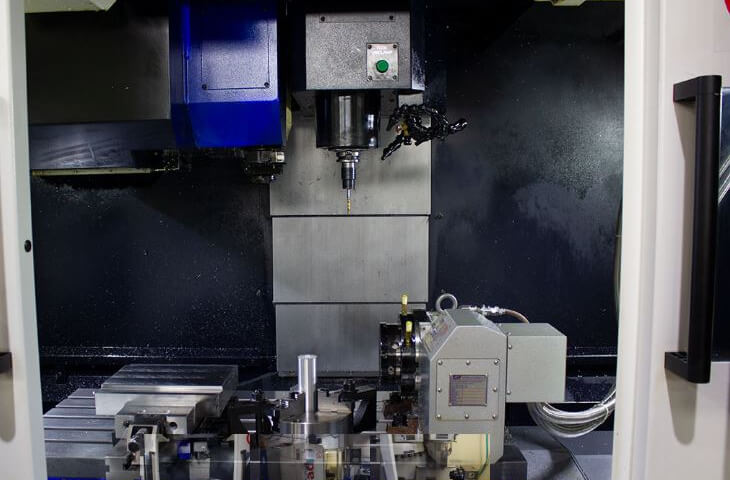The quality of part processing on milling machines is evaluated based on parameters such as:
-
dimensional accuracy of the finished part (how close the true dimensions are to the nominal)
-
the quality of its surfaces.
The processing accuracy depends to a certain extent on the following criteria:
-
parameters of milling equipment;
-
device characteristics;
-
Cutter parameters both in terms of its physical properties and in terms of the features of its installation;
-
the degree of rigidity of the entire system formed by the machine, fixture, milling tool and workpiece;
-
Deformation of the workpiece material due to thermal action.
Inaccuracies in the production of machine tools
Modern CNC milling is carried out on high-tech machines, but they also have some deviations in terms of part parameters. Their production is carried out using mechanical processing options, and with them deviations from the nominal values are inevitable.
Deterioration of equipment
The long service life of milling equipment cannot but affect the wear of parts - over time it inevitably increases. Adjustments are possible due to repair work and replacement of individual components.
Fitting errors
With regard to the fixture, the same situation is true as with other parts of the machine - the inaccuracy of its production also affects the quality of milling. In addition, there is a possibility of its inaccurate installation. It should be noted that all inaccuracies in the clamping, mounting and dividing parts of the fixture are regulated by permissible values.
Inaccuracies in the manufacture of cutters
The discrepancy between the parameters of milling tools and nominal values is also acceptable and is regulated by industry standards.
Therefore possible:
-
diameter deviations for end and disc mills;
-
profile deviations of shaped cutters;
-
Beating of disk, cylindrical and other cutters.
Insufficient system rigidity
The machine tool, fixture, tool, workpiece form a single system, the stability and rigidity of which is of decisive importance. The vast majority of all milling inaccuracies that arise (about 80%) are due precisely to the lack of system rigidity. The occurrence of vibration as a result of loads is also a negative factor that generates surface roughness.
Temperature effect
During processing, the workpiece heats up, resulting in dimensional changes. Especially in this regard, uneven heating is dangerous - it can lead to serious deformations of the workpiece. To eliminate this factor, cutting fluids are used.
Identification of the reasons for the violation of the quality of milling is not an easy task, and in high-tech industries it is given special attention.





